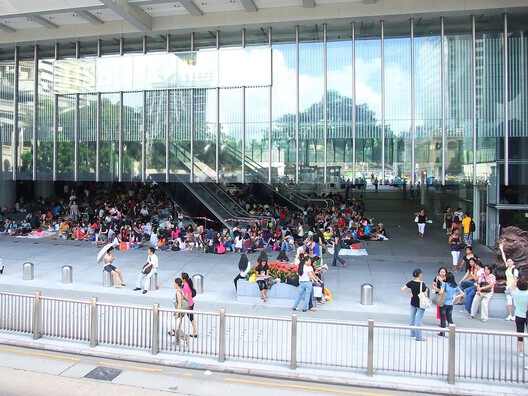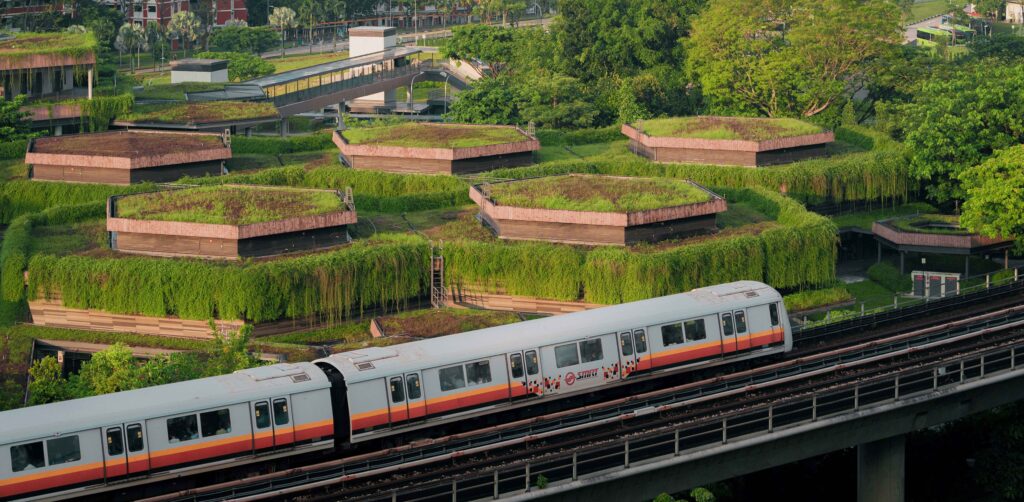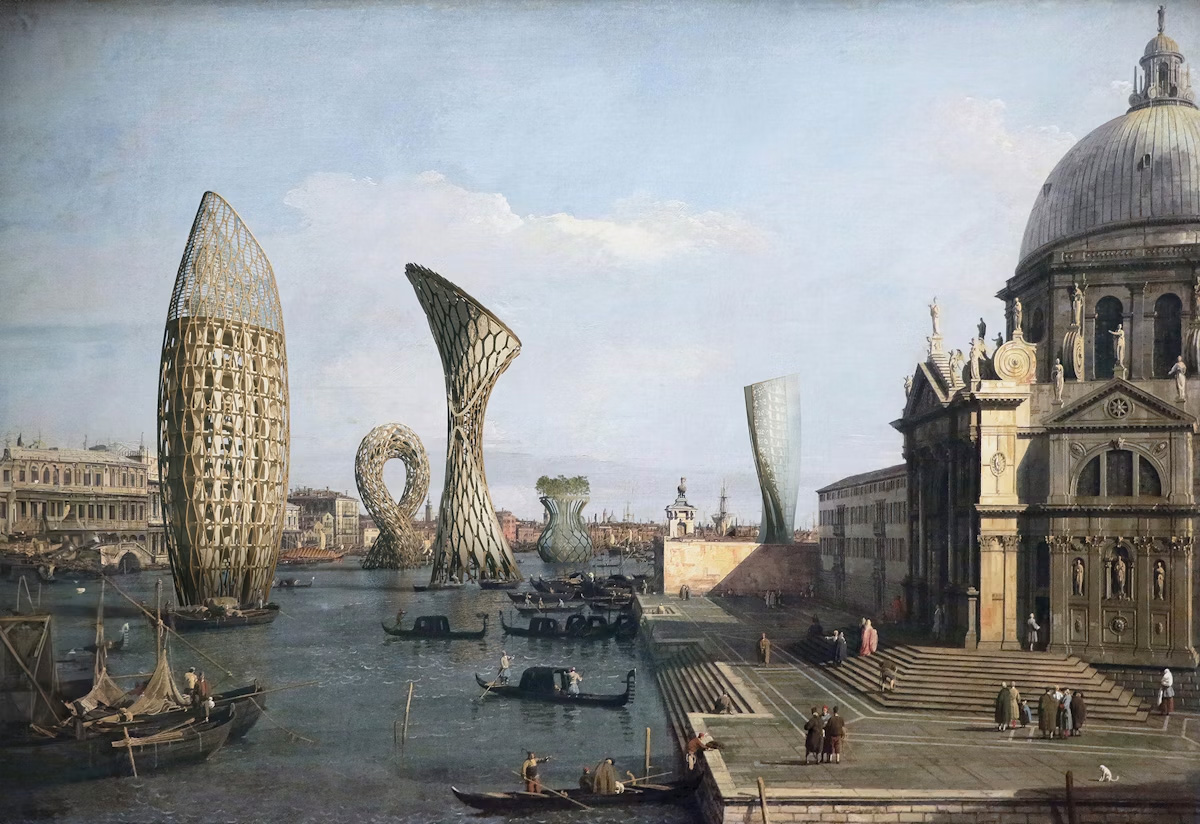The Spatial Agency Gap: Rethinking Public Space through Co-Designing with Foreign Domestic Workers

 Foreign Domestic Workers occupying the ground floor public space of HSBC building in Hong Kong. Image © Mk2010 via Wikipedia under license CC BY-SA 3.0
Foreign Domestic Workers occupying the ground floor public space of HSBC building in Hong Kong. Image © Mk2010 via Wikipedia under license CC BY-SA 3.0
Domestic workers in Hong Kong and Singapore are the city's quiet infrastructure. In Hong Kong alone, there are a total of roughly 300,000 domestic workers, serving a portion of the approximate 2.7 million households. Their care labor sustains dual-income family routines: childcare, eldercare, cooking, cleaning, and the everyday logistics that make professional life possible. Yet the people who hold this balance together remain largely invisible in policy—and, crucially, in space.
On Sundays in Hong Kong's financial district, that invisibility becomes visible. Elevated walkways and podium forecourts—underused on weekends—turn into ad-hoc commons. With cardboard mats, small tents, towels, food and water, and a music speaker or two, domestic workers assemble places to sit, rest, and socialize. These improvised rooms in the city are often their only chance to exercise spatial agency—something they rarely have in the homes they maintain or in formal public infrastructure. In the absence of sanctioned, serviced places for rest, quieter bridges and passages become practical stand-ins.





















































